NASA estimates the pandemic ballooned costs by $3 billion — here are the projects to take the biggest hit

- Costs imposed by the COVID-19 pandemic could pile up to $3 billion for the National Aeronautics and Space Administration (NASA).
- The full cost may be even higher as the pandemic continues to bear down.
- Here’s a quick look at NASA’s projects that have been the most significantly impacted by the COVID-19 pandemic.
Its most recent audit estimates that the delays and disruptions caused by the COVID-19 pandemic could end up costing the apex space entity up to $3 billion.
However, the cost could be even higher as the pandemic draws out. “NASA will not be able to quantify the complete impact of the pandemic on its programmes and projects until after the COVID-19 emergency has subsided,” it wrote in its report.
The audit reveals that few activities continued unhindered, a moderate amount proceeded at a reduced level because of limited access to facilities but a significant number of activities were essentially suspended with NASA shutting 12 of its 18 major facilities.
From NISAR to VIPER to the James Webb Telescope, here’s a list of NASA projects that took the biggest hit:
Low-Boom Flight Demonstrator (LBFD)
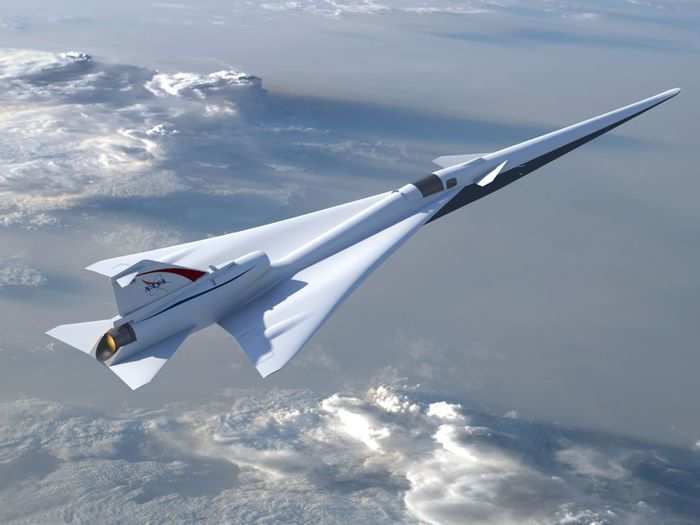
Estimated life cycle cost: $583 million
Estimated impact of COVID 19 in 2020: $22.2 million
Estimated future impact: 4-month delay for first flight
Causes: Commercial partner impact and inefficiencies associated with shutdowns and restarts.
What is the Low-Boom Flight Demonstrator (LBFD)?
The goal of the LBFD project is to develop and test technology that enables quiet commercial supersonic flight — flight that is faster than the speed of sound — over land.
This entails creating a sonic ‘thump’ instead of the signature sonic boom.
Lockheed Martin was awarded the contract to build the X-59 Quiet Supersonic Technology by NASA. Manufacturing began in 2018.
Commercial Crew Program (CCP)
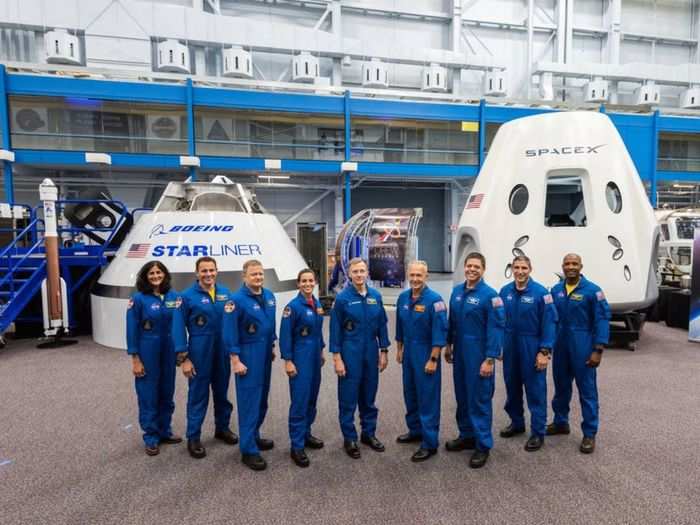
Estimated life cycle cost: $8.5 billion
Estimated impact of COVID 19 in 2020: $2.2 million
Estimated future impact: $2.3 million
Causes: Use of NASA aircraft for mission-essential travel as well as home rental to quarantine crew and other essential personnel.
What is the Commercial Crew Program (CCP)?
NASA is working with private players to develop a new generation of spacecraft and launch system to carry NASA crew to low-Earth orbit (LEO) — orbit with an altitude ranging from 200 to 300 kilometres above the Earth to up to 1600 kilometres — and the International Space Station (ISS).
With private players focused on building commercial transportation, NASA is hoping that it will be able devote more of its resources to building spacecraft and rockets for deep space missions.
James Webb Space Telescope (JWST)
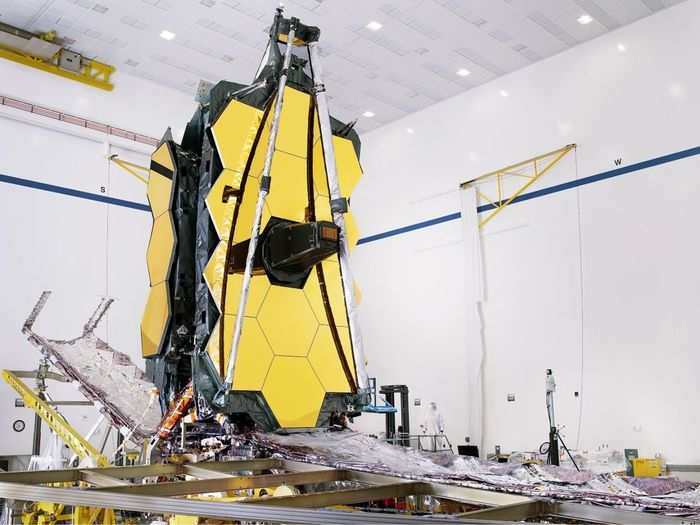
Estimated life cycle cost: $9.4 billion
Estimated impact of COVID 19 in 2020: None reported
Estimated future impact: $100 million and a seven-month launch delay
Causes: New launch readiness date based on the result of a schedule risk assessment in July 2020.
What is the James Webb Space Telescope (JWST)?
JWST is meant to be the next generation of telescope after Hubble. It will have longer wavelength coverage and improved sensitivity.
The longer wavelengths enable JWST to look much closer to the beginning of time and hunt for the unobserved formation of the first galaxies. The telescope will also be able to peer into dust clouds where stars and planetary systems are forming today.
Nancy Grace Roman Space Telescope
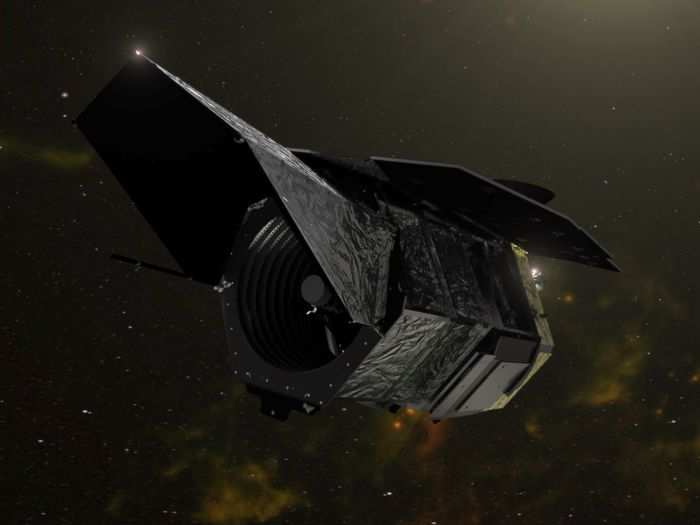
Estimated life cycle cost: $3.9 billion
Estimated impact of COVID 19 in 2020: $3 million
Estimated future impact: $399.9 million and a six-month launch delay
Causes: Schedule re-planning, shutdowns at vendor sites and NASA centres, late contractor deliveries, and late delivery of government furnished equipment.
What is the Nancy Grace Roman Space Telescope?
The Roman Space Telescope is designed to answer some of the most complex questions about the universe. It’s focus will be to focus on deciphering the mysteries of dark energy, exoplanets, and other astrophysics phenomena.
The observatory will be composed of two instruments. One is the Wide Field Instrument, which will provide a field of view that is 200 times greater than the Hubble Space Telescope. And, the other is the Coronagraph Instrument Technology Demonstration, which will demonstrate high-contrast imaging and spectroscopy of individual nearby exoplanets — planets that are outside the solar system.
NASA-ISRO Synthetic Aperture Radar (NISAR)
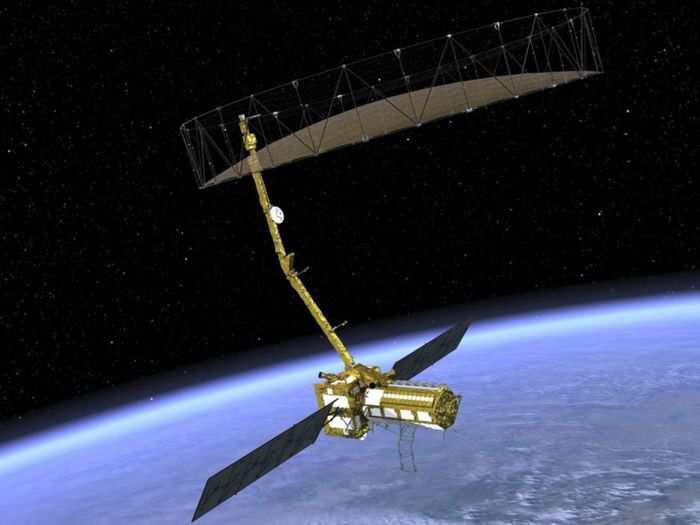
Estimated life cycle cost: $867 million
Estimated impact of COVID 19 in 2020: $10.4 million
Estimated future impact: $36 million and seven-month launch delay
Causes: Hardware and manufacturing delays, and domestic and international partner impacts.
What is NASA-ISRO Synthetic Aperture Radar (NISAR)?
NISAR is a joint mission between NASA and the Indian Space Research Organisation (ISRO). It is expected to be the first satellite to produce high-resolution images of the Earth that can be used to track local changes and measure regional trends.
According to NASA, this data will provide scientists with a better understanding of the causes and consequences of land surface changes, increasing our ability to manage resources and address global warming.
Plankton, Aerosol, Cloud, Ocean Ecosystem (PACE)
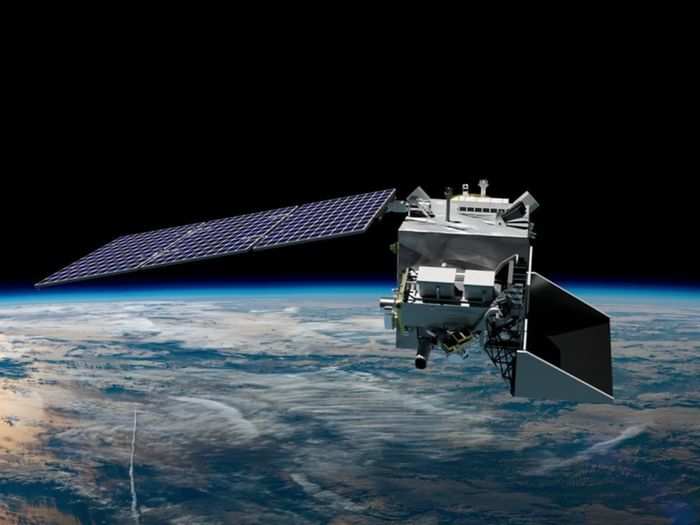
Estimated life cycle cost: $890 million
Estimated impact of COVID 19 in 2020: $60 million
Estimated future impact: $29.2 million and a nine-month launch delay
Causes: Schedule slippages in manufacturing, delivery, assembly and testing.
What is Plankton, Aerosol, Cloud, Ocean Ecosystem (PACE)?
PACE is a satellite that will observe global ocean biology, tiny particles suspended in the atmosphere, and clouds. According to NASA, the end goal is to assess the health of the ocean, air quality, and the Earth’s climate.
PACE comprises two main science instruments — an Ocean Color Instrument (OCI) and Multi-angle Polarimeters. NASA believes that they will be a major advance in satellite observing technology and be capable of monitoring any changes in our ecosystem.
The instruments will also be able to observe the ways in which the atmosphere and ocean interact.
Polarimeter to Unify the Corona and Heliosphere (PUNCH)

Estimated life cycle cost: $220-$265 million
Estimated impact of COVID 19 in 2020: None reported
Estimated future impact: $23.1 million
Causes: Develop and assembly delays due to laboratory shutdown, reduced efficiency due to staffing restrictions, delayed delivery of parts and other components, and work-from-home inefficiencies.
What is the Polarimeter to Unify the Corona and Heliosphere (PUNCH)?
The aim of the PUNCH mission is to investigate the Sun’s outer atmosphere, the corona, and how solar wind is generated.
It is composed of four suitcase-sized satellites to capture images and track the solar wind as it leaves the Sun.
The spacecraft also will track coronal mass ejections — large eruptions of solar material that can drive large space weather events near Earth — to better understand their evolution and develop new techniques for predicting such eruptions.
Spectro-Photometer for the History of the Universe, Epoch of the Reionization and Ices Explorer (SPHEREx)
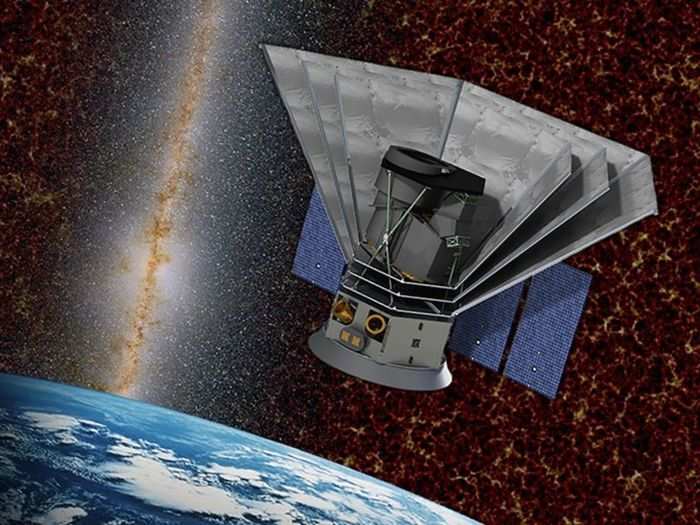
Estimated life cycle cost: $451 million
Estimated impact of COVID 19 in 2020: None reported
Estimated future impact: $8-$19 million and a ten-month launch delay
Causes: Commercial partner impact, supply chain issues and delays, and limited access to facilities.
What is the Spectro-Photometer for the History of the Universe, Epoch of the Reionization and Ices Explorer (SPHEREx)?
According to NASA, the SPHEREx mission is expected to survey the sky in optical as well as near-infrared light. This will allow astronomers to gather data on more than 300 million galaxies and more than 100 million stars in our galaxy.
Within the Milky Way, the mission will search for water and organic molecules in stellar nurseries, regions where stars are born from gas and dust, and in disks around stars where new planets could be forming.
Simply put, the SPHEREx mission is on the hunt for markers that could indicate life on planets beyond Earth.
Stratospheric Observatory for Infrared Astronomy (SOFIA)
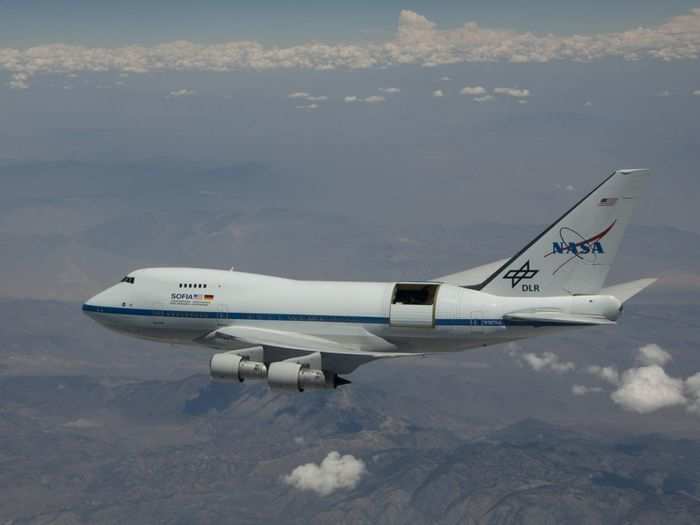
Estimated life cycle cost: $3 billion
Estimated impact of COVID 19 in 2020: Six months of cancelled, postponed and reduced light operations
Estimated future impact: $2 million
Causes: Facility closures and flight cancellations.
What is the Stratospheric Observatory for Infrared Astronomy (SOFIA)?
SOFIA is a Boeing 747SP aircraft modified to carry a reflecting telescope operating between 38,000 and 45,000 feet. It flies 99% of Earth’s infrared-blocking atmosphere, allowing astronomers to study the solar system in ways not possible with ground-based telescopes.
During 10-hour overnight flights, SOFIA gathers data at mid-and far-infrared wavelengths.
SOFIA’s flights were initially suspended for three months, before being cleared to take off again in June 2020. But it was only in August 2020 that SOFIA took the skies again. And, even then, its science flights were restricted to two flights per week.
Surface Water and Ocean Topography (SWOT)
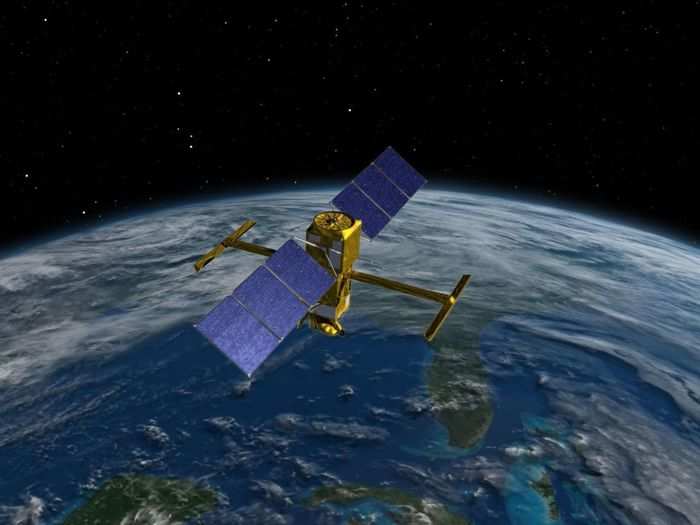
Estimated life cycle cost: $755 million
Estimated impact of COVID 19 in 2020: $22.6 million
Estimated future impact: $8 million and a four-month launch delay
Causes: Temporary work stoppage and subsequent on-site work limitations and mandatory telework.
What is Surface Water and Ocean Topography (SWOT)?
NASA’s SWOT mission hopes to develop the first global survey of Earth’s surface water, observe details of the ocean’s surface topography, and measure how water bodies change over time.
According to the apex space agency, the project’s data will increase understanding of how freshwater flows to identify reservoirs of drinkable water and help researchers understand more about floods, hurricanes, and how the oceans impact climate change.
Volatiles Investigating Polar Exploration Rover (VIPER)
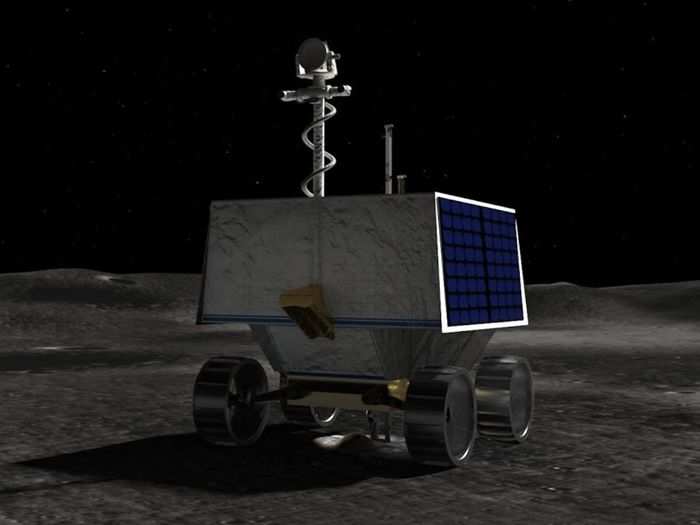
Estimated life cycle cost: $350-$35 million
Estimated impact of COVID 19 in 2020: None reported
Estimated future impact: $12.2 million
Causes: Inefficiencies related to limited group interaction and reduced access to laboratories and facilities.
What is the Volatiles Investigating Polar Exploration Rover (VIPER)?
VIPER is a rover that will search for water ice and other potential resources on the Moon.
NASA will use the rover’s data to show where the Moon’s water ice can most likely be found and easiest to access. The space agency claims that VIPER will be the first-ever resource mapping mission on another celestial body.
Exploration Ground Systems (EGS)
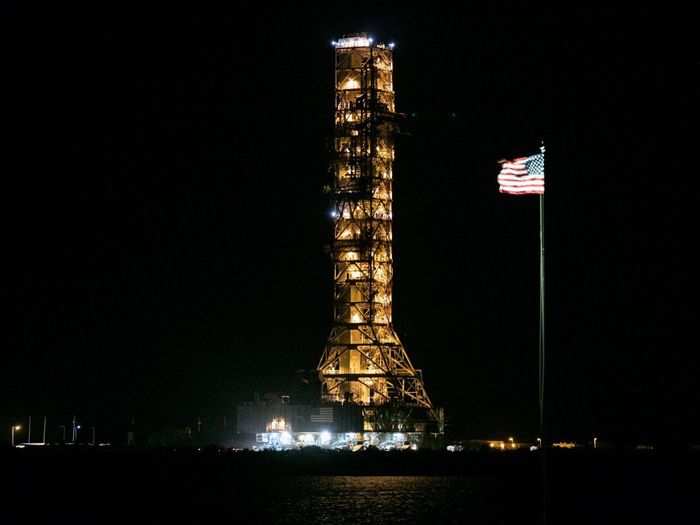
Estimated life cycle cost: $3.4 billion
Estimated impact of COVID 19 in 2020: $12.1 million
Estimated future impact: $53.4 million
Causes: Purchases of personal protective equipment, supplies and additional cleanings, costs related to teleworking, and schedule slips.
What is Exploration Ground Systems (EGS)?
EGS is aimed at developing and operating the systems and facilities necessary to process and launch rockets as well as recover the associated Orion Multi-Purpose Crew Vehicle (Orion) and Space Launch System (SLS) elements.
Instead of focusing on a single type of launch vehicle, EGS provides the infrastructure to support different spacecraft and rockets. According to NASA, this approach is intended to make EGS sustainable as well as affordable for commercial and government customers by distributing costs among multiple users.
Space Launch System (SLS)
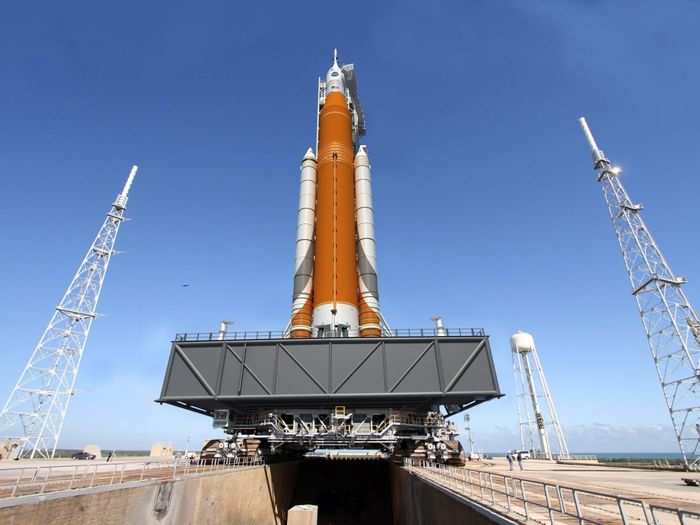
Estimated life cycle cost: $11.5 billion
Estimated impact of COVID 19 in 2020: $8 million
Estimated future impact: $355 million
Causes: Advanced agreements paid to contractors for approved operations, engine build activities and engine testing support as well as schedule adjustments.
What is the Space Launch System (SLS)?
NASA’s SLS is a super-heavy-lift launch vehicle aimed at providing the foundation for human exploration beyond Earth’s orbit.
SLS is currently the only rocket capable of sending Orion, astronauts, and cargo to the Moon on a single mission. According to NASA, SLS is designed to be flexible and evolvable with possible robotic scientific missions to the Moon, Mars, Jupiter, and Saturn.
Space Network Ground Segment Sustainment (SGSS)
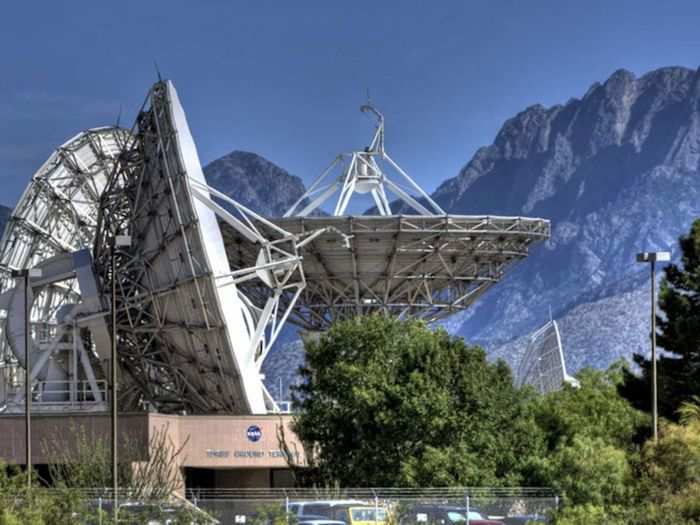
Estimated life cycle cost: $1.5 billion
Estimated impact of COVID 19 in 2020: None reported
Estimated future impact: $2 million
Causes: Restricted access to the White Sands Complex in New Mexico, limited staffing and social distancing, and reduced efficiencies.
What is the Space Network Ground Segment Sustainment (SGSS)?
The SGSS project manages upgrades to the ground stations that are part of NASA’s Space Network — a constellation of tracking and data relay satellites combined with ground-based antennas that make exploration and discovery possible.
According to NASA, The aim is to increase data rates and volumes, improve data quality and user coverage, reduce maintenance requirements, and extend the system’s longevity.
READ MORE ARTICLES ON
- What Is Exploration Ground Systems EGS
- Polarimeter To Unify The Corona And Heliosphere
- Lockheed Martin
- What Is Spherex
- Impact Of Covid 19 On Nasa
- Nasa Cost Increase Due To Covid 19
- What Is Sgss
- Nasa
- Nancy Grace Roman Space Telescope
- What Is VIPER
- What Is Nisar
- Surface Water And Ocean Topography
- What Is The Space Launch System SLS
- What Is NASA Pace
- Stratospheric Observatory For Infrared Astronomy
- Isro
- What Is The Commercial Crew Program CCP
- Nasa Cost Increase
- What Is The Low-Boom Flight Demonstrator LBFD
Popular Right Now
Advertisement